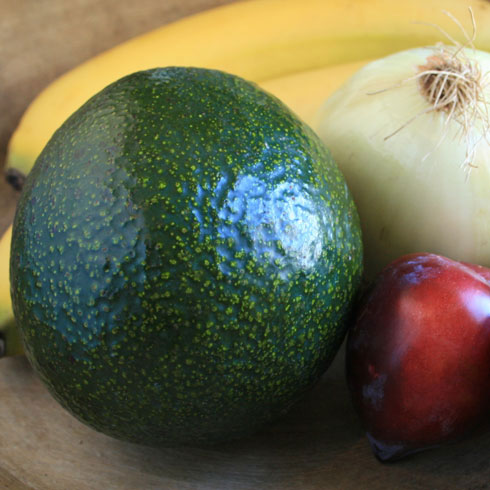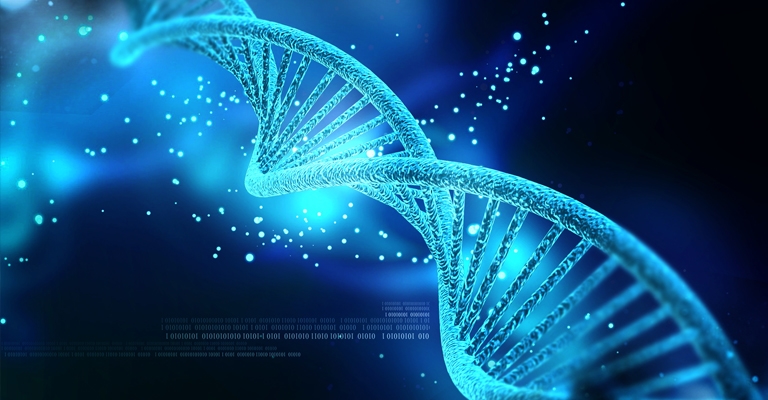Here is some information I have put together from various sources and time spent doing research. The information is meant to give you food for thought. Ask your doctor. Do some research. I’m upset at the fact that of all of the people I know with Parkinson’s, their MD’s are telling them that their diet can have an impact. Some of this information isn’t in layman’s terms, so bear with it. Use it as a bouncing off point to go learn more yourself. Information is POWER.
Hear me please: YOUR DIET CAN HAVE A POSITIVE IMPACT!
(NaturalNews) Parkinson’s disease is the second most common degenerative disorder of the central nervous system after Alzheimer’s disease. It is estimated that 1% of individuals over the age of 65 are diagnosed with this disorder. Lifestyle can have an impact on Parkinson’s disease.
(bonnie) CHECK THIS OUT:
In general, it is agreed that it is one of the most common neurological diseases affecting adults over the age of 65. Diagnoses of the Disease in adults between the ages of 40 and 65 has increased in the past few decades, though as yet there is no attributable cause. Because of its relatively slow progress, a person diagnosed with Parkinsons Disease may live another 40-50 years, with increasing disability.
[tie_list type=”checklist”]
- One person in every 200 will be diagnosed with the Disease in their lifetime.
- One out of every 100 people over 60 in the United States will be diagnosed with the Disease.
- There are over 50,000 new diagnosed cases of the disease in the United States every year.
[/tie_list]
(NaturalNews) Parkinson’s particularly affects a region of the basal ganglia called the substantia nigra. The basal ganglia are a group of brain structures that utilize dopamine as their primary neurotransmitter. Neuronal loss in these regions is associated with brain cell inflammation and the formation of cross-linked proteins called Lewy bodies in the remaining nerve cells. Lewy bodies are protein aggregates that form and block normal cellular activity.
The most common symptoms of Parkinson’s include movement related disorders such as shaking, rigidity, difficulty walking and slowness of movement. As the disease progresses, it leads to cognitive and behavioral problems such as dementia, insomnia and irritability.
Type II Diabetes Dramatically Increases Parkinson Disease Risk
Researchers in Finland have found that individuals with type II diabetes have an 83% greater risk of developing Parkinson’s. Elevated blood sugar is known to link with protein structures in a process called glycation. This reaction of reducing sugars connecting to amino acids creates advanced glycolytic enzymes (AGE’s). AGE’s are especially dangerous and create massive amounts of free radicals.
AGE damage in the basal ganglia region is associated with Lewy body formation. These structures are created and aggregate in the basal ganglia due to excessive oxidative stress within the sensitive neuronal tissues. Oxidative stress in the brain is most commonly associated with blood sugar imbalances and environmental toxins (such as heavy metals and organic toxins like pesticides and herbicides).
British studies have linked users of conventional herbicide weed killers and pesticide fly killers to be almost twice as likely to form Parkinson’s disease. Many of these products kill weeds and bugs by affecting protein chemistry within the organism. This seems to clearly have deleterious effects on humans as well. The greatest potential sources of exposure include crop spraying, weed killers, pesticides and insecticides used in the garden, and fly sprays and ant powders used in the home.
The key to preventing and reversing Parkinson’s disease is to begin with an anti-inflammatory diet and lifestyle. This includes lots of clean water and phytonutrient rich raw and lightly cooked vegetables. Good fats such as avocados, olive oil, nuts/seeds and coconut products should be strongly encouraged. Healthy animal products such as grass-fed beef, bison, lamb, antelope, deer and free-range chicken, turkey and eggs are also good sources.
Sugar and food sources that metabolize into sugar such as grains and fruits should be used minimally. Anti-inflammatory herbs such as turmeric, ginger, cinnamon, garlic, and rosemary among others should be used at every possible chance.
High quality omega-3 fatty acids with astaxanthin are especially important for stabilizing neuronal cell membranes. Astaxanthin has very strong anti-oxidant effects that are especially good at protecting against lipid peroxidation, which damages cell membranes.
It is very important for individuals, who are suffering from Parkinson’s or are susceptible to the disease, to boost intracellular glutathione levels. Glutathione (GSH) is a very special peptide molecule that provides the greatest anti-oxidant protection and recharges other anti-oxidants within the body. Non-denatured, grass-fed whey protein is the best natural food source for glutathione precursors such as cysteine and glutamic acid.
And it comes full circle. Check out my article on GLUTATHIONE. Check out JUICE PLUS. So many key antioxidants and power ingredients that each and every cell needs to function and protect itself. Make a positive impact. Right now!
More to come on this topic!


 Simple is Best! No fancy additions. No cilantro or tomatoes (or salsa!) or any of that nonsense – no Sir! – just plain avocado mashed up and eaten with some lovely blue corn chips. And that’s one of my recipes for you today.
Simple is Best! No fancy additions. No cilantro or tomatoes (or salsa!) or any of that nonsense – no Sir! – just plain avocado mashed up and eaten with some lovely blue corn chips. And that’s one of my recipes for you today.
 So what to do. Well, we are all individuals. Gloriously unique. So our approach to weight loss will be unique. Now, that’s not to say that their won’t have a similar foundation, but everyone will have different needs. That sounds complicated, but actually, it’s not that hard. Takes some patience. Some investigation. Some experimentation.
So what to do. Well, we are all individuals. Gloriously unique. So our approach to weight loss will be unique. Now, that’s not to say that their won’t have a similar foundation, but everyone will have different needs. That sounds complicated, but actually, it’s not that hard. Takes some patience. Some investigation. Some experimentation.
